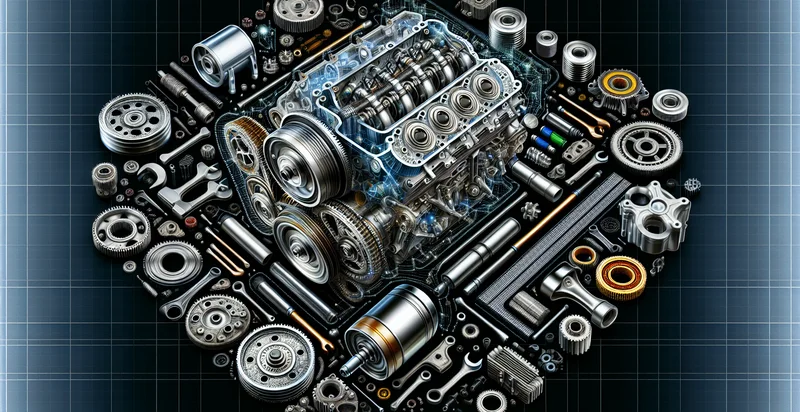Identify engine displacement
using AI
Below is a free classifier to identify engine displacement. Just upload your image, and our AI will predict the engine size of a vehicle - in just seconds.

Contact us for API access
Or, use Nyckel to build highly-accurate custom classifiers in just minutes. No PhD required.
Get started
import nyckel
credentials = nyckel.Credentials("YOUR_CLIENT_ID", "YOUR_CLIENT_SECRET")
nyckel.invoke("engine-displacement", "your_image_url", credentials)
fetch('https://www.nyckel.com/v1/functions/engine-displacement/invoke', {
method: 'POST',
headers: {
'Authorization': 'Bearer ' + 'YOUR_BEARER_TOKEN',
'Content-Type': 'application/json',
},
body: JSON.stringify(
{"data": "your_image_url"}
)
})
.then(response => response.json())
.then(data => console.log(data));
curl -X POST \
-H "Content-Type: application/json" \
-H "Authorization: Bearer YOUR_BEARER_TOKEN" \
-d '{"data": "your_image_url"}' \
https://www.nyckel.com/v1/functions/engine-displacement/invoke
How this classifier works
To start, upload your image. Our AI tool will then predict the engine size of a vehicle.
This pretrained image model uses a Nyckel-created dataset and has 20 labels, including 1.0L, 1.2L, 1.4L, 1.6L, 1.8L, 2.0L, 2.2L, 2.4L, 2.5L and 2.8L.
We'll also show a confidence score (the higher the number, the more confident the AI model is around the engine size of a vehicle).
Whether you're just curious or building engine displacement detection into your application, we hope our classifier proves helpful.
Related Classifiers
Need to identify engine displacement at scale?
Get API or Zapier access to this classifier for free. It's perfect for:
- Automotive Manufacturing Quality Control: This function can help manufacturers ensure that engine components match specifications by classifying engine displacement correctly. By integrating this tool into the production line, defects can be identified early, preventing costly recalls and improving overall product quality.
- Insurance Risk Assessment: Insurance companies can utilize the engine displacement classification to better assess risk factors associated with different vehicles. By linking engine displacement to performance and accident rates, insurers can tailor their premiums and policies more effectively.
- Vehicle Registration and Compliance: Government agencies can implement this classification function during vehicle registration processes to verify that engine displacements reported by manufacturers align with compliance regulations. This helps ensure that vehicles adhere to environmental standards and safety regulations.
- Car Dealership Inventory Management: Dealerships can use the classification tool to categorize their inventory based on engine displacement, helping potential buyers make informed decisions. This can enhance customer satisfaction by providing clear information on vehicle performance and fuel efficiency.
- Fleet Management Optimization: Fleet operators can leverage this function to classify and manage vehicles based on engine displacement. This classification helps in planning maintenance schedules and optimizing fuel consumption for large fleets.
- Market Research and Analysis: Companies conducting market research can analyze trends in vehicle engine displacements to predict consumer preferences and market shifts. Insights gathered can influence product development and marketing strategies.
- Automotive App Development: App developers can integrate the engine displacement classification feature into applications designed for car enthusiasts or potential buyers. This capability can enhance the app's functionality by providing users with insights into the performance characteristics associated with different engine sizes.


